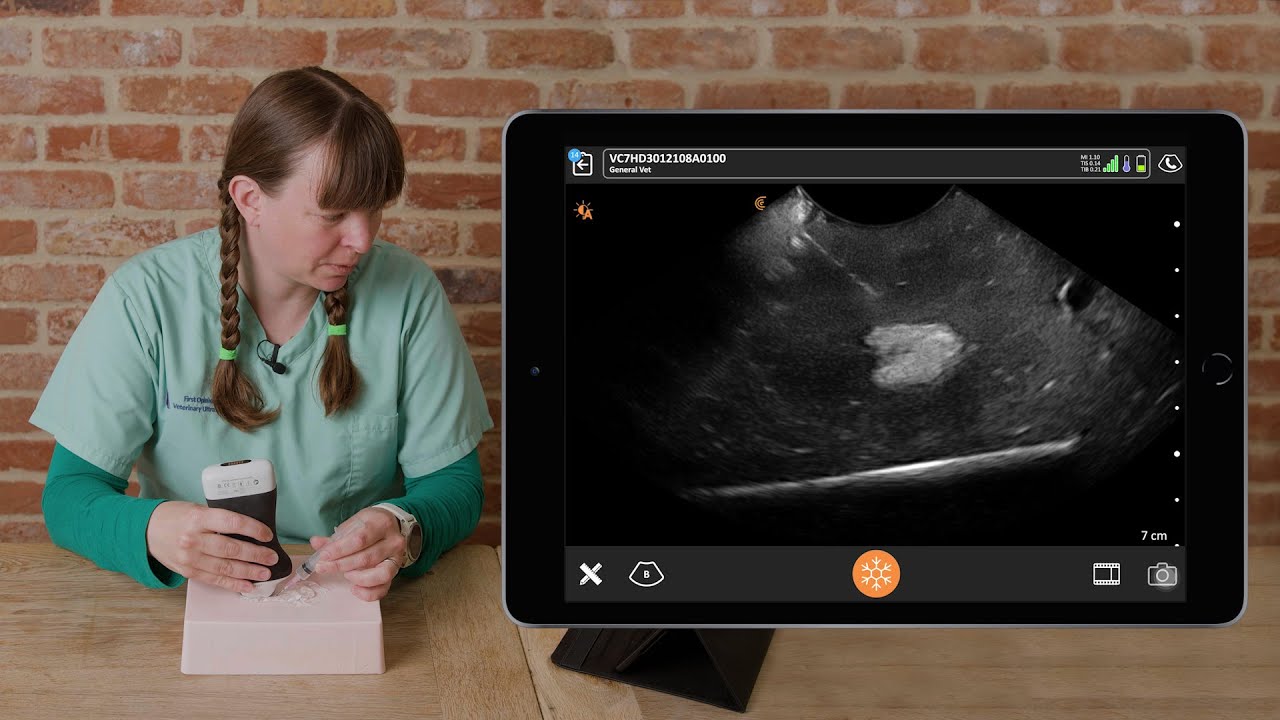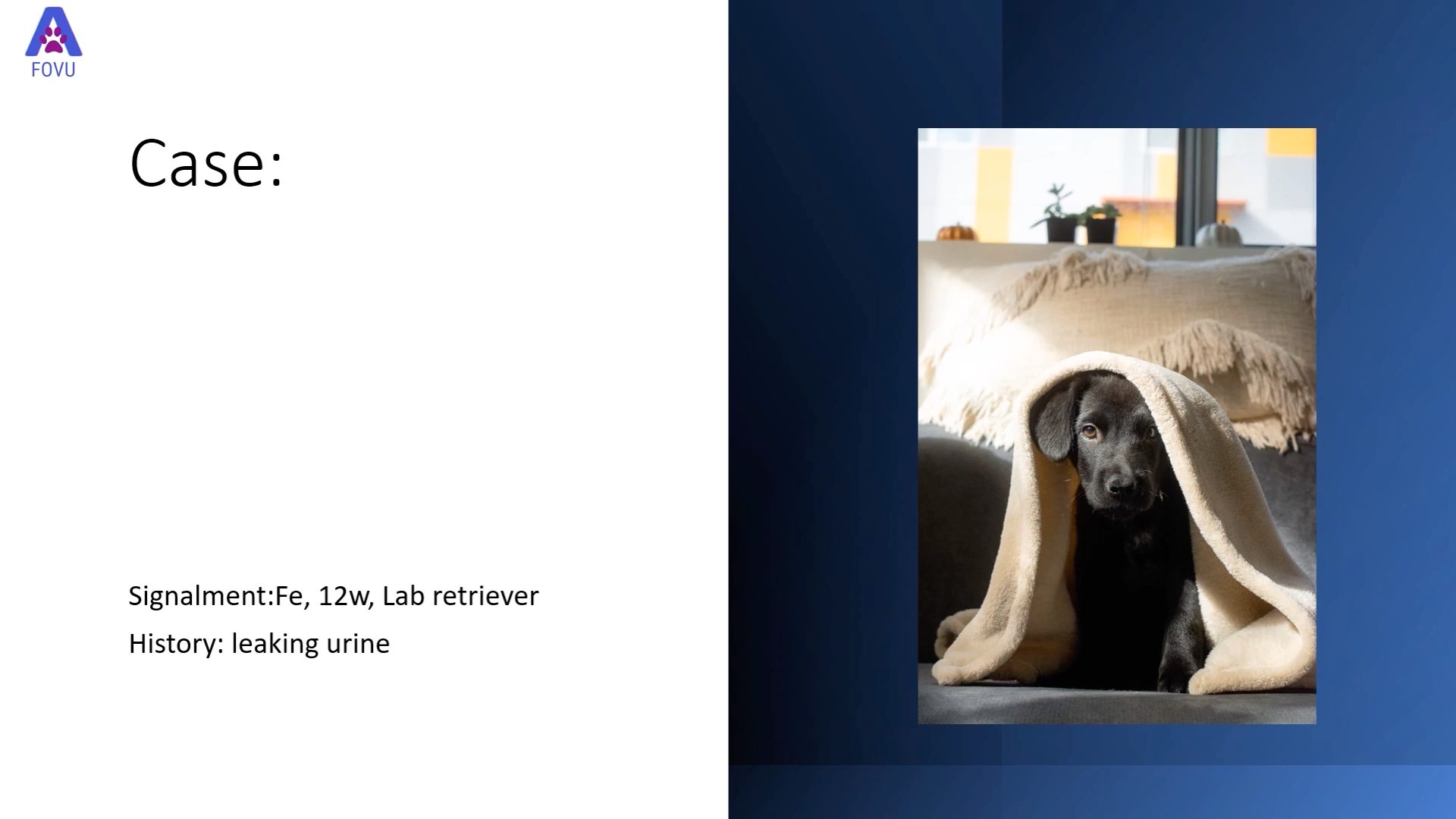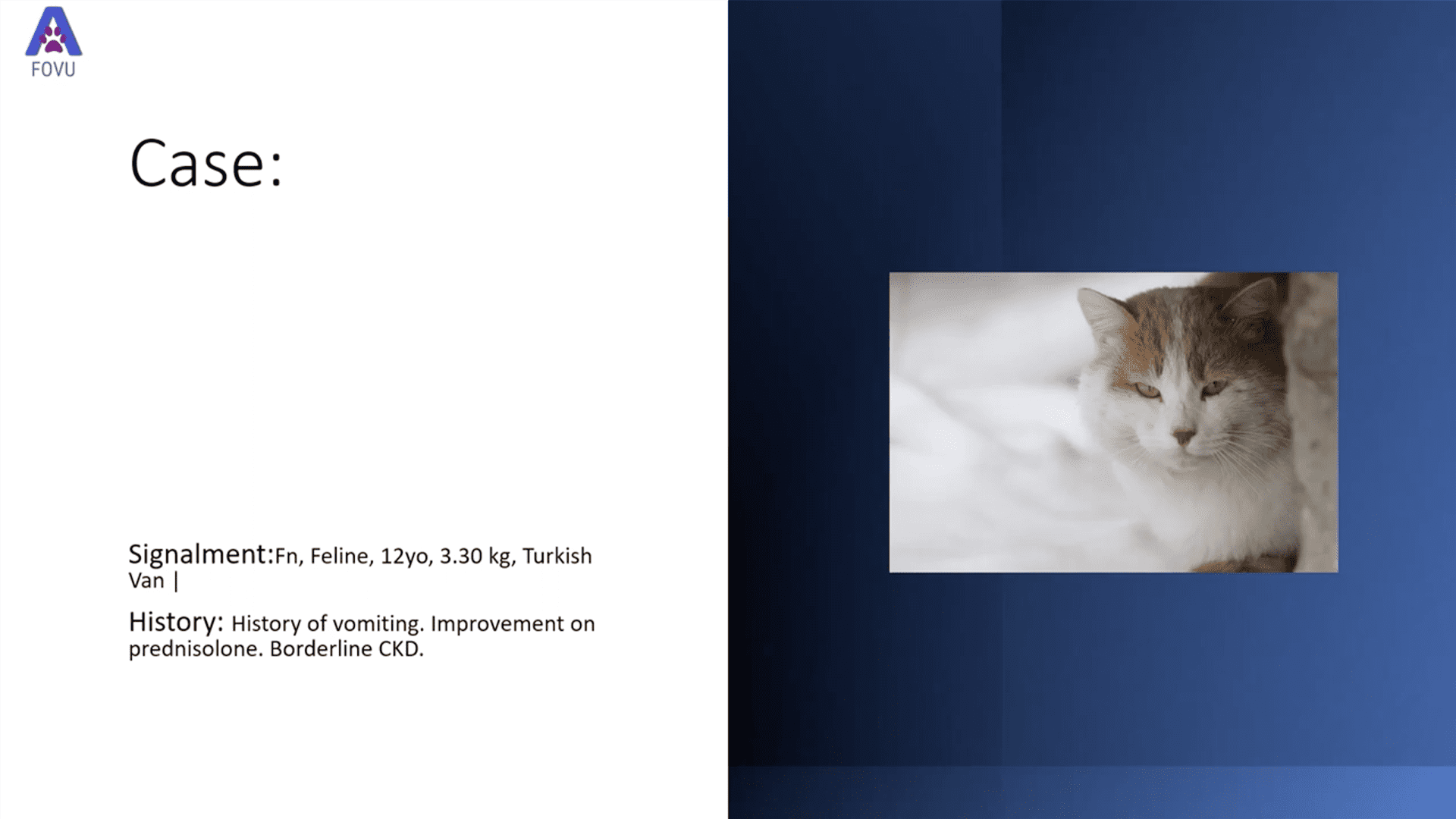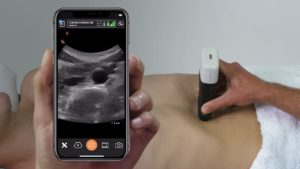In a 2018 survey conducted at the North Carolina State University to assess current ultrasound use in veterinary small animal general practices, 53% of veterinarians reported having an ultrasound unit at their practice and 45% reported conducting ultrasound exams more than five times a week.1
At the top of the list of barriers to increased adoption were prohibitive costs and lack of training. Times have changed.
At Clarius, we’ve seen a 1,300% increase in sales of handheld veterinary ultrasound scanners in 2020 over 2017. To understand why, we’ve been interviewing veterinarians who recently purchased a Clarius HD Vet wireless scanner. In this post, we share eight reasons why veterinarians are adding handheld ultrasound to their veterinary practice.
1. In-house Access to Ultrasound Speeds Diagnosis
Veterinarians using ultrasound in-house report more accurate and timely diagnosis, which enables faster treatment. Pet owners appreciate a rapid diagnosis on the first visit. According to Dr. Ilka Wagner, DVM, CVA, who practices at the Aggieland Animal Health Center, being able to scan the patient in-house means they don’t have to refer the animal to another clinic, which may be considerably more expensive and delay diagnosis for a week or two, depending on how soon the patient can be seen.2
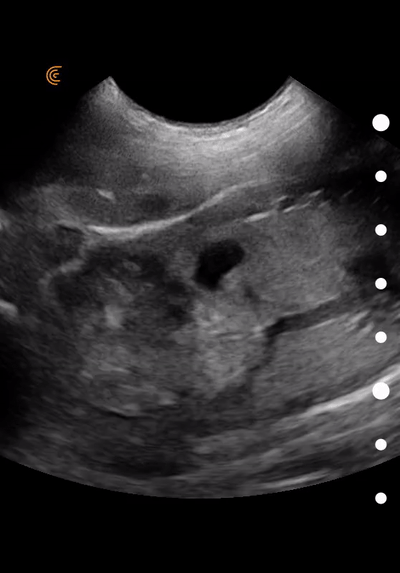
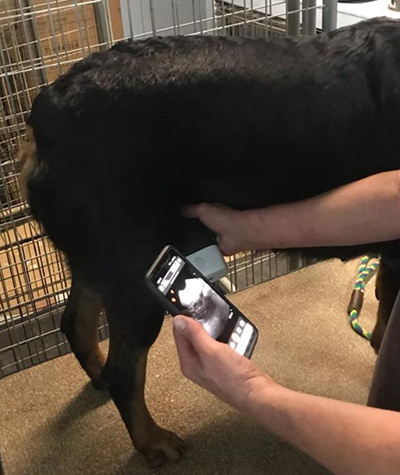
2. Handheld Ultrasound Systems are More Affordable
Since 2017, ultrasound machines that work with an app on your smart phone or tablet have broken barriers to adoption for both human and animal medical practitioners alike. That’s because the cost of entry is a fraction of the cost of a traditional ultrasound system.
A Clarius handheld ultrasound scanner starts at US$4,900 in the United States or as low as $99/month on a financing plan. A three-year warranty and access to Clarius Cloud image management system is included.
“The Clarius C7 HD microconvex scanner provides images as good as I’ve seen on large console machines. Its small size allows me to bring it with me to every appointment,” says Dr. Adam Behrens, the Wandering Vet. “In turn, I have been able to significantly increase the quality of care that I provide by diagnosing problems quickly and easily with certainty.”

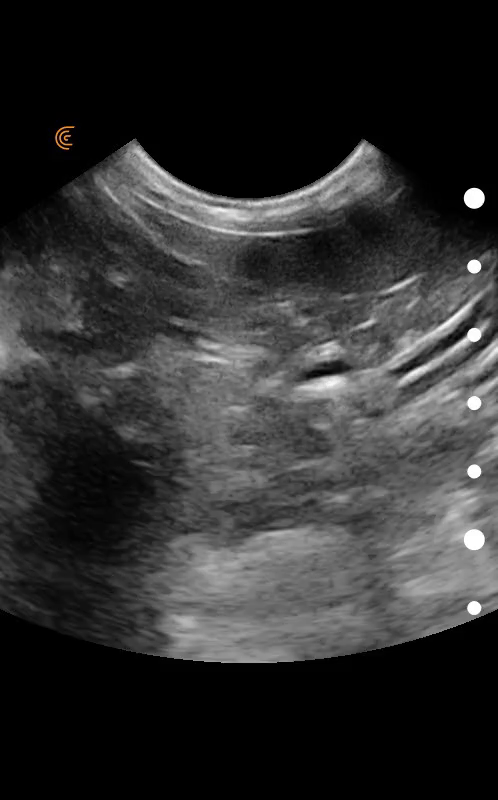
“If you’re starting out or want your own ultrasound system, Clarius is an absolute no-brainer. It should be the first piece of equipment you buy even when you’re watching your pennies,” says Dr. Chris Elliott, Equine Veterinary Sports Medicine and Rehabilitation Specialist. “It is so affordable. The image quality is so good and it is easy to set up by yourself.”3
3. App-based Ultrasound is Easier to Learn and Use
Unlike traditional systems with complex buttons and knobs on dated laptops, many app-based ultrasound systems are simplified. For example, scanning with Clarius ultrasound is like using the camera app on your phone. Tap to switch modes, pinch to zoom, slide up and down to change depth and more. Clarius images are optimized automatically with built-in artificial intelligence, enabling users to scan without having to make adjustments.
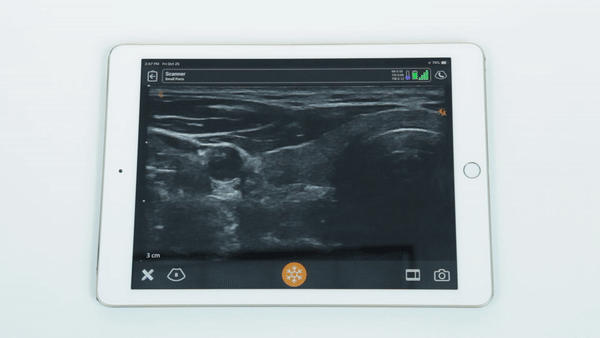
Watch a demonstration of Clarius Ultrasound to see how it works.
4. Image Quality is Better Than Ever
Advancing technology is enabling equipment manufacturers to consistently improve image quality, which leads to faster and more confident diagnosis and treatment. Clarius is no exception. The company’s high-definition product line is renown for offering clear imaging comparable to a premium cart-based system in a convenient handheld format.
According to Dr. Elliott, having clear imaging is important for his practice. “Great image quality is at the top of my list of essential requirements for an ultrasound system. It’s important for accurate diagnoses. It’s also great to show clients what the issue is with their horse – they can see it clearly with the images I get using Clarius.”
He adds that he doesn’t need an X-Ray machine. “Most veterinarians have an X-Ray machine, but I don’t have one at the moment. Using ultrasound, I can diagnose everything because I can see what I need to see.”

5. Teleradiology Offers the Comfort of a Second Opinion
Veterinarians who are new to ultrasound have easy and affordable access to off-site teleradiology services, which are well established in the industry.
Although Dr. Ilka Wagner has been using ultrasound to examine animals since the 1990s, she still seeks a second opinion from time to time. “If it’s obvious like a hemangiosarcoma or small intestine intussusception, I can make a diagnosis. But in most cases, I want an expert opinion. I’m not willing to take a risk and jeopardize a patient’s health,” she explains. In these cases, Dr. Wagner sends ultrasound images to a board-certified radiologist for a formal diagnosis and recommendations.2
“Even during COVID, it’s only about a 24-hour turnaround for a radiologist to read the ultrasound and provide a diagnosis or recommend further diagnostics that may be needed,” adds Dr. Wagner. There is a cost for this service, but being able to perform the ultrasound in the clinic provides an extra source of revenue and we can treat our patients faster, and they avoid extra specialist appointments.”
With access to the Clarius Cloud ultrasound image management system, Clarius users are able to instantly save images to the cloud and easily share PDF reports and images by email. Clarius Live delivers one touch telemedicine to share live scanning with a colleague or specialist by SMS or email.
6. In-house Ultrasound Helps Clients Save Money and Generates Additional Revenue
Referring pets to a separate clinic for an ultrasound or CT to confirm diagnosis takes time and costs more. Plus, animals have to suffer longer while waiting for proper treatment. With basic ultrasound training, veterinarians who understand anatomy are quick to pickup basic ultrasound skills including abdominal and cardiac exams to make a diagnosis for most emergency pet visits on their first visit. These types of exams can pay for the system quickly.
With the ability to capture an image in-house and send it to a radiologist for an expert opinion, veterinarians are typically able to get a diagnosis for complex cases within 24 hours.
Dr. Chris Elliott purchased a Clarius L7 Vet in early 2020 for his new Equine Practice in Australia. “By my calculations, it will take me about 30 scans to pay for the Clarius machine. It’s a fast payoff because there are no annual fees and it’s a fraction of the cost of a traditional ultrasound system.”

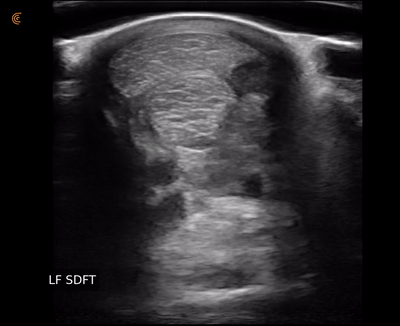
7. Animals are More Comfortable Around Small, Wireless Equipment
Traditional ultrasound systems feature complex keyboards and numerous wires. They have a large footprint and can require a dedicated exam room. Veterinarians report that the ability to use a small, portable system like Clarius that can be used anywhere is more comfortable for animals who are already anxious about being handled. Veterinarians are also more at ease scanning a calm patient.
“Clarius ultrasound has changed the way we look at animals and enabled us to provide better care. Animals don’t like being handled and having a lot of equipment around,” says Dr. Luke Ross from The Aquarium Vet in Australia. “So, having a small system with an iPad that they’re already familiar with helps us to get an exam done quickly. Since it’s so compact, we can carry it with us anywhere.”4
Dr. Ross also appreciates the benefit of not having to deal with cables: “I had an incident when I used an ultrasound with cables – it touched the animal’s skin and it got frightened and ran away. There’s a real danger with an animal tripping over wires or standing on them and causing damage.”

8. Veterinary Ultrasound Training is More Accessible
Veterinary ultrasound training is proliferating as demand grows. Organizations like SonoPath are offering online and hands-on training. In the United Kingdom, ultrasonography educator Dr. Camilla Edwards, DVM, CertAVP, MRCVS offers training through First Opinion Veterinary Ultrasound. Companies including Clarius are also offering free online tutorials on YouTube.
Some app-based ultrasound, like Clarius, offer one-button telemedicine, which enables veterinarians new to ultrasound to get remote on-the-spot guidance from an experienced sonographer.
We also invite you to watch our free February 24th webinar, Practical Small Animal Ultrasound: Diagnosing Pathology with Intestinal, Gallbladder & Spleen Exams. Join guest Dr. Camilla Edwards as she teaches how to perform common ultrasound scanning techniques and pathology interpretation.
For information on how easy and affordable it is to add Clarius handheld ultrasound to your veterinary practice, visit our Clarius veterinary ultrasound page for a video demonstration and product details. Or contact us today to discuss which scanner is right for your veterinarian practice.
- DeFrancesco T, Royal K. A survey of point-of-care ultrasound use in veterinary general practice. Educ Health Prof 2018; 1:50-4.
- https://clarius.com/seasoned-veterinarian-manages-dog-pregnancies-with-clarius-ultrasound/
- https://clarius.com/10-ways-clarius-ultrasound-helped-my-new-equine-veterinary-practice-during-the-pandemic/
- https://clarius.com/video-aquatic-veterinarian-performs-ultrasound-exams-on-sharks/


